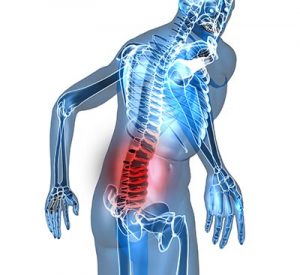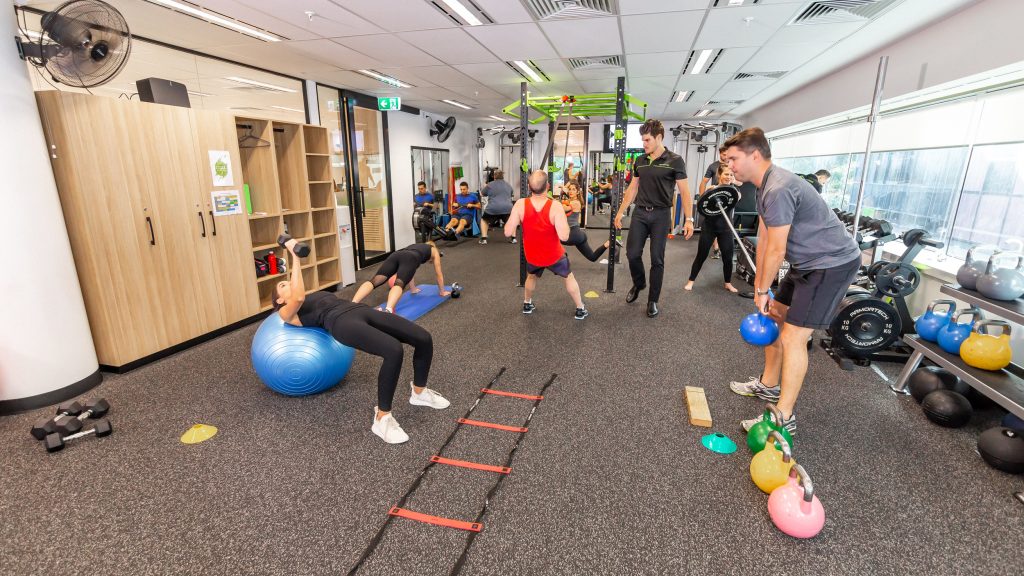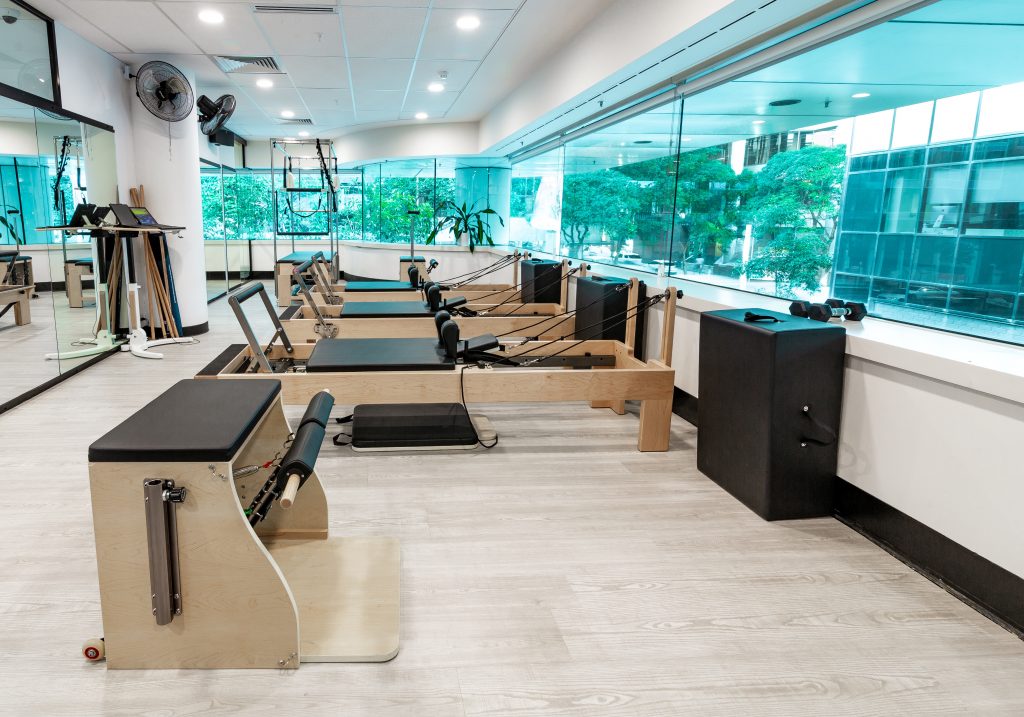Low Back Pain – Causes, Effects & Management

Low Back Pain is disabling in nature and can restrict activities of daily living.
The most common underlying injuries contributing to low back pain include;
- Muscle tear
- Muscle spasm
- Facet joint sprain
- Disc injuries or protrusion
- Nerve impingement or irritation
- Joint degeneration or arthritis
Multiple factors influence the development of low back pain, and there are many different causes depending on whether the muscles, joints, discs or nerves have been injured.
There are other diagnoses possible, and a thorough assessment of your low back injury by an experienced Physiotherapist or Chiropractor will determine the source of symptoms and hence the most effective management to give you long term pain relief for your low back pain.
What treatments work best for lower back pain?
The best way to answer this is to have a look at current scientific evidence (yes, scientific evidence is by no means perfect and is always being updated, but it does provide us with some good information about what works most of the time, for most people).
To begin with, your back pain should always be assessed by a qualified healthcare professional (e.g. GP, Physiotherapist or Chiropractor) to rule out any serious injuries or disease processes, and to get advice about how it should be managed (there is excellent evidence for this!).
Low Back Pain can develop due to a number of reasons (including but not limited to);
- Muscular tightness around the back and pelvis
- Weak abdominal muscles (i.e. deep abdominals)
- Poor posture (standing and or sitting position)
- High stress levels causing increased muscular tension
- Long durations of sedentary tasks (e.g. extended sitting)
- Incorrect lifting technique
- Awkward twisting or bending movements
- Repetitive bending and lifting
- Heavy manual labour when not accustomed to this
- Lack of muscle strength and control
- During pregnancy
- Sporting
Low Back Pain is classified as either acute or chronic, both of these terms defining a timeline, with acute pain being present for less than 3 months and chronic pain for greater than 3 months. Chronic Low Back Pain is more complex to manage as there can be more factors which contribute to it persisting, however, the latest research shows that an individually targeted exercise program (e.g. Clinical Pilates or Clinical Gym Rehabilitation) is one of the most effective strategy in bringing long term pain relief.
Acute Low Back Pain
This is usually attributed to tissue damage and may include muscle spasms, facet joint injuries and disc injuries, and normally occur due to an awkward movement such as twisting and bending, or lifting objects with poor technique. All these injuries will result in a considerable amount of pain, which is particularly worst for the first 2-3 days following the injury. During these three days, movements which involve bending and side bending, walking or sitting may produce pain depending on the source of the injured structure. If not managed correctly Acute Low Back Pain can progress to Chronic Low Back Pain.
3 ways to manage acute low back pain:
- Heat packs, keeping warm, hot baths etc can help to settle muscle spasm
- It is important to keep moving regularly to prevent the back stiffening up and to help reduce the sensitivity to pain
- Physio guided treatment in the form of massage, joint mobilisations and dry needling assists with speeding up recovery along with the prescription of trigger ball and back mobility exercises to restore full movement, decrease pain and prevent re-injury in the future
With appropriate management, most of our clients with acute low back pain make a full recovery.
Severe Acute Low Back Pain
Low back injuries that involve injury to the disc often cause severe levels of pain and restriction of most movements. Disc injuries are highly disabling, occurring due to ongoing, repetitive stress on the low back, with one event triggering the pain. This stress results from poor muscle control and strength along with inadequate movement patterns, which over time, places a greater amount of pressure on the disc, resulting in injury. If disc injuries are left untreated and worsen, they often cause a severe disc bulge and pinch nerves. Nerve root impingement can occur at any level in the lumbar spine, with the L4, L5 and S1 segment being the most common. This results in low back and leg pain which intensifies with movements of the lumbar spine such as bending and may cause leg weakness and sometimes pins and needles. Disc injuries and nerve pain are typically harder to manage and have longer recovery time frames.
7 ways to manage Severe Acute Low Back Pain:
- Avoid prolonged positions such as sitting > 30 mins especially on a couch or low chair
- Laying on back with feet resting on couch often gives some short term relief
- Regular application of Heat packs can help to settle muscle spasm associated with low back pain
- Short term use of Anti-Inflammatory medication can assist to settling the associated inflammation
- Physio guided treatment in the form of massage, joint mobilisations and dry needling assists with speeding up recovery along with the prescription of trigger ball and back mobility exercises to restore full movement, and decrease pain
- It is important to correct the faulty body movement patterns which are drivers of pain and muscle weakness with specific muscle retraining. This helps to “normalise” movement patterns and build strength and control, which breaks the cycle of injury and pain.
- The next vital step is a progression into Clinical Functional Movement (Gym based exercise) or Clinical Pilates; both of which demonstrate significant improvements in chronic low back pain.
The way in which we think about and interpret chronic pain also influences the amount of pain we feel. Factors such as negative beliefs, stress and anxiety may heighten our pain perception, causing everyday normal movements to be painful when in reality they should not be.
Bodysmart can help to relieve your Low Back Pain with our safe, clinically proven approach of Flexibility, Mobility and Recovery to a range of conditions. These treatments are the safest, most effective long term treatment of lower back pain that clinical research has detailed.
- Clinical Services (Physiotherapy, Chiropractic, Remedial Massage, Dry Needling)
- Ergonomic and Therapeutic Products (e.g. Sit-stand desks, Ergonomic Chairs, Heat packs, Back braces)
Bodysmart can progress you further to fully restore pain free movement and prevent recurrence through:
- Clinical Pilates (Reformer and Mat) with highly experienced Physiotherapists
- Clinical Functional Movement (Gym based rehabilitation) with highly experienced Physiotherapists













